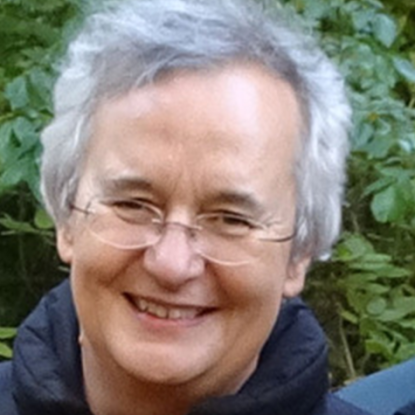Formation of Gas Vesicles in Haloarchaea
We investigate the gas vesicle formation of the extremely halophilic archaeon Halobacterium salinarum with molecular, biochemical and microscopy techniques. Gas vesicles are gas-filled nanostructures of 150x600 nm size that appear in response to environmental factors and enable the cells to float to the surface of the brine. Major constituent is the 8-kDa protein GvpA that forms ribs stabilized by GvpC. Twelve additional Gvp proteins are required for gas vesicle formation including the regulatory proteins GvpE and GvpD. Ten accessory proteins are under investigation; eight of these are produced in early stages of gas vesicle formation and possibly form a nucleation complex required to initiate gas vesicle formation. We investigate protein-protein interactions in vivo using split-GFP or pulldown experiments.
Regulation of gvp gene expression
The expression of the gvp genes is regulated at the transcriptional and posttranscriptional level. Four promoters are involved, two of which depend on the transcriptional activator GvpE that resembles a leucine-zipper protein. The DNA region required for gene activation by GvpE are characterized. In addition, the regulation of expression occurs at the level of translation. Three of the four transcripts contain a 5’-untranslated region (5’-UTR). The presence of these 5’-UTR reduces the expression, and leaderless transcripts are translated with 3 to 15-fold higher rates. The 5’-UTRs are between 20 to 160 nt long and form secondary structures that influence the expression. We characterize these sequences to gain further information on their role in gene expression. In addition, a small open reading frame encoding a 21-aa peptide is found in 5’-UTRD, and the role of this putative peptide in gene regulation or in the formation of the gas vesicle structure is addressed.
Use of synthetic riboswitches in Haloarchaea
Riboswitches in the 5’-UTR of transcripts are used regulate the start of translation upon the addition of a ligand. The riboswitch forms a secondary structure masking the ribosomal binding sequence and the AUG start codon of the gene under control. Binding of the ligand to the aptamer unfolds the secondary structure and leads to the translation of the mRNA. A bacterial riboswitch depending on theophylline was able to switch in the halophilic archaeon Haloferax volcanii, and lead to the translation depending on the theophylline concentration.
Funding is provided by






